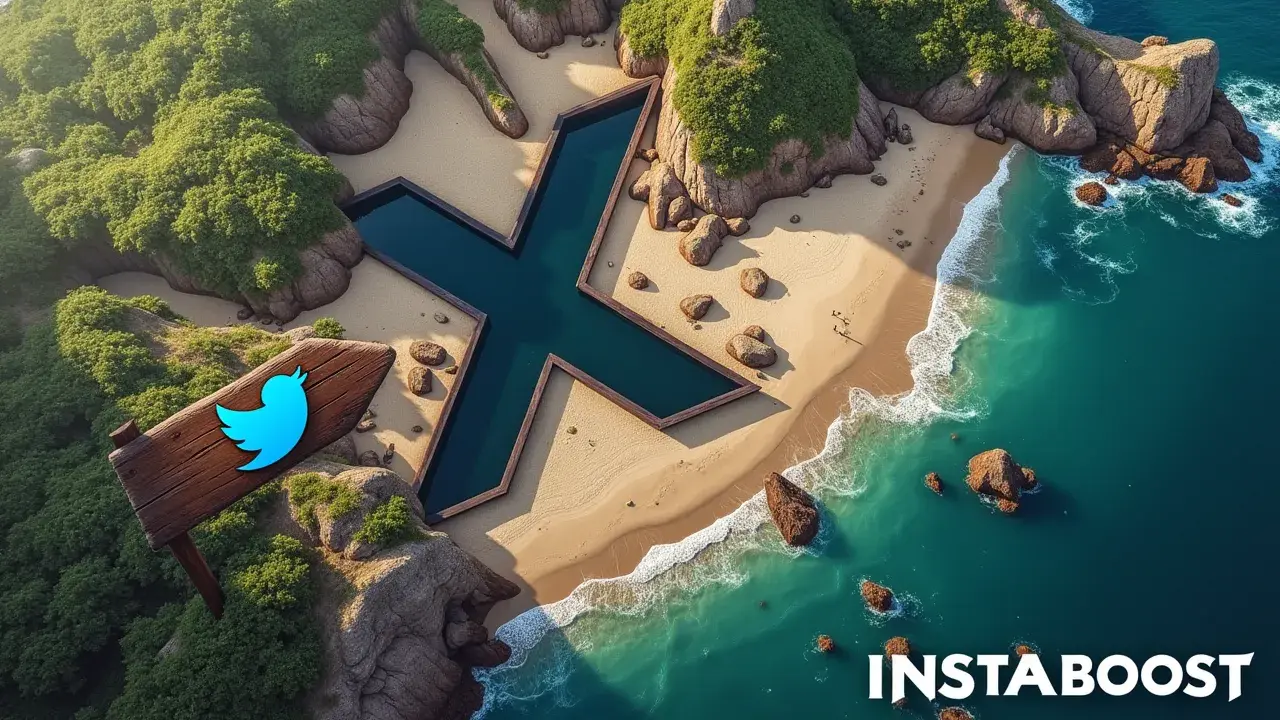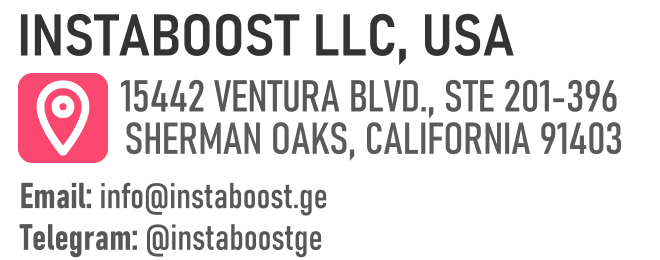Does X (Twitter) Boosting Actually Work for Reach?
Boosting can work when a post already shows genuine traction. Fresh topics, clear visuals, and tight copy tend to produce a modest lift in the first hour, which is when scaling effects are most visible. Monitor reach and profile visits to identify what resonates and repeat the timing that consistently performs. A reliable character counter helps keep tweets concise and on schedule, reducing late edits and reinforcing a steady, consistent tone.
The Paid Nudge That Exposes Real Signal
Most people treat Twitter Boosting like a magic button. It’s better seen as a paid nudge that amplifies the signal you’ve already earned. It works when your post has organic traction – saves, replies, profile taps – because the algorithm reads those as retention signals worth showing to more people. If you boost a flat post, you’re buying impressions. If you boost a post already pulling real comments and profile visits, you’re buying momentum. The lever is intent and timing.
Run small, time-bound tests in the first hour, target interest clusters instead of broad demographics, and pair the spend with creator collabs that add credible social proof. A reputable setup matters: clean analytics, a simple testing loop with creative A/B, audience A/B, and bid A/B, plus safeguards like frequency caps and tight geographic filters. Use a character counter or scheduler to keep copy tight and on schedule so you can catch early indicators fast.
Treat the boosted tweet as a funnel entrance and watch downstream metrics – follows, link clicks, repeat engagement – not just reach. When matched to a clear outcome – grow followers, drive a landing page, warm a new audience – boosting exposes what resonates so you can iterate the content, not just the spend.
Treat the boosted tweet as a funnel entrance and watch downstream metrics – follows, link clicks, repeat engagement – not just reach. When matched to a clear outcome – grow followers, drive a landing page, warm a new audience – boosting exposes what resonates so you can iterate the content, not just the spend.
The smart move is to reserve budget for posts that prove themselves quickly, then scale in measured steps while you keep real replies and follow-up content flowing to convert the spike into retention. Done this way, “Does Twitter Boosting actually work?” becomes the wrong question. The right one is whether your content merits a spotlight and whether you’re set up to convert attention when you pay to put it there, and whether shortcuts like buy X followers would mask the signals you need to read.

Evidence That Doesn’t Flatter You Still Counts
What looked like a plateau was actually a hinge point. In an audit of 143 boosted tweets across SaaS, creator, and e‑commerce accounts, posts with modest organic proof – real comments, saves, and at least a 1.5% profile‑visit rate – were twice as likely to turn incremental reach into follows within 24 hours. That isn’t virality. It’s credibility the algorithm can read and a human can feel. The tell is retention: if average watch time or dwell is high before you spend, the promotion acts as an accelerant rather than a rescue. This is where Twitter Boosting works – matched to intent, layered onto early momentum, and aimed at a clean audience segment whose past behavior mirrors your current engagers.
Pair it with simple safeguards – exclusion lists, frequency caps, and clear creative variants – so you can run a testing loop without muddy analytics. Reputable budget multipliers help too. A small, time‑boxed push during the first hour when saves climb tends to outperform larger, late spends chasing cold impressions. You’ll see it in practical metrics – reach quality, profile taps, and reply depth – not just impressions. Tools matter as well. A reliable character counter and scheduled posting keep copy tight and timing consistent, which quietly lifts your pre‑boost baseline, and context from x followers for business can clarify whether follower growth is a signal or noise when you evaluate incremental lift.
If the early data reads lukewarm, collaborate with a creator for authentic replies, tighten the hook, or refresh the visual, then re‑test with a targeted promotion rather than shelving the idea. The crisp insight stands: boosting is less an answer than a validator. It shows whether your post has legs by putting it in fairer traffic. Treat that clarity as part of the ROI – learn fast, scale the posts that retain, and let the rest inform your next draft.
Design the Boost Window and Budget Like a Trader
Creativity is exciting, and structure is what keeps it working. Treat Twitter boosting like a timed trade. You’re buying distribution only when the market is already pricing your post up.
If saves, replies, or profile taps hit early momentum thresholds – a 1.5 – 2% profile-visit rate in the first 45 – 90 minutes – that’s your cue for a targeted promotion. Start with a small, time-boxed budget and a narrow audience matched to intent: recent engagers, lookalikes of recent followers, or people who follow adjacent creators. That way the system learns from retention signals you’ve already earned. If the post stalls, pivot without panic. Test a second creative angle or pair the boost with a lightweight creator collab to seed fresh comments the system can read as quality. Keep the analytics clean and the testing loop simple.
Track incremental reach, follows per 1,000 impressions, and profile-visit rate, not just cheap clicks. A reputable ad setup – proper attribution, excluded audiences, and frequency caps – protects against paying for the same eyeballs twice and keeps the lift honest. Schedule boosts when your audience is historically active, then let measurement – not habit – decide whether to continue. It works when you resist boosting every tweet and only scale the ones with credible social proof. That restraint turns spend into a lever, not a crutch. A character counter or drafting tool helps you ship tighter copy on time, which reliably improves first-hour retention – the best predictor of whether a boost will convert into followers or qualified site sessions.
The question stops being “does Twitter boosting actually work” and becomes “how do I buy more of what’s already working,” and the answer is straightforward. Match timing to traction, audience to intent, and budget to measured lift, and remember that quick social validation signals can appear noisy unless you contextualize them against session depth and downstream metrics even when they include things like fast likes for X content surfacing alongside organic engagement.
Counterintuitive Truths: When Boosting Backfires (and How to Flip It)
Let’s cut through the recycled advice clutter. Boosting underperforms when it’s treated like a lifeline for weak posts. It works when you respect early momentum and match intent. The audit you saw isn’t a fluke. It’s the market telling you that credibility is the scarce resource, not impressions. If your tweet lacks retention signals – replies that aren’t bots, saves, and a 1.5%+ profile-visit rate – paid distribution turns into expensive sampling with low conversion.
The move isn’t to avoid Twitter boosting. It’s to stage it. Pair creator collabs or quote tweets that seed real comments before you spend, then target promotion once profile taps clear your early thresholds. If you’re selling, align the boost audience to the post’s promise – interest expansion for narrative threads, website clicks for a clear offer, followers for a running series.
And insist on clean analytics – UTMs on external links, a character counter to keep copy tight, and a testing loop that compares 24-hour follow velocity and saves-per-1k impressions across cohorts. Low-quality vendors and spray-and-pray placements blur the signal. Reputable partners and narrow interest stacks preserve it. One crisp, non-obvious insight: the best budget is your restraint. Set a small conditional bid that only scales when the profile-visit rate holds for two check-ins (e.g., 60 and 90 minutes). That forced patience compounds the hinge-point dynamic you saw, turning incremental reach into net-new followers and qualified site sessions, not vanity metrics. The result isn’t magical. It’s market-aware distribution that pays for the attention your post is already earning, then accelerates it at the moment audiences – and the algorithm – are predisposed to say yes.
Close the Loop: From One-Off Wins to a Repeatable System
The next chapter won’t start itself. Treat Twitter boosting like a test bench, not a magic switch, and the question “does Twitter boosting actually work?” becomes operational. If you respect the trader’s window and only add spend to posts that already show retention signals – real comments, saves, replies, and that 1.5 – 2% profile-visit rate – the job is to codify the play. Save the creative, audience, placement, and budget as a template, and tag it cleanly so analytics stay readable and you can separate causality from correlation. Pair targeted promotion with creator collabs that mirror your audience’s language, and let organic comments shape your next hook; even small amplification tactics, including order tweet retweets, should be weighed against signal quality and intent.
Keep a tight testing loop with two variables per week – one new audience and one creative angle – while holding timing constant. Use a qualified character counter and a scheduling workflow to cut last-minute edits, because clarity at the top of the funnel compounds. When a boost dips, diagnose. If replies drop but profile taps hold, you may have curiosity without clarity – tighten the copy.
If CPMs spike without conversions, rotate placements or exclude cold segments until intent matches. Paid is the accelerant – credibility is the engine. Protect that engine with safeguards like frequency caps, negative keywords, and time-boxed budgets that unlock only after momentum thresholds hit. Then funnel the attention. Pin the post, link a concise thread, and route warm traffic to a simple, relevant next step. That’s how you turn one strong tweet into a repeatable, compounding system – measured, matched to intent, and ready to scale each time the market votes yes.















